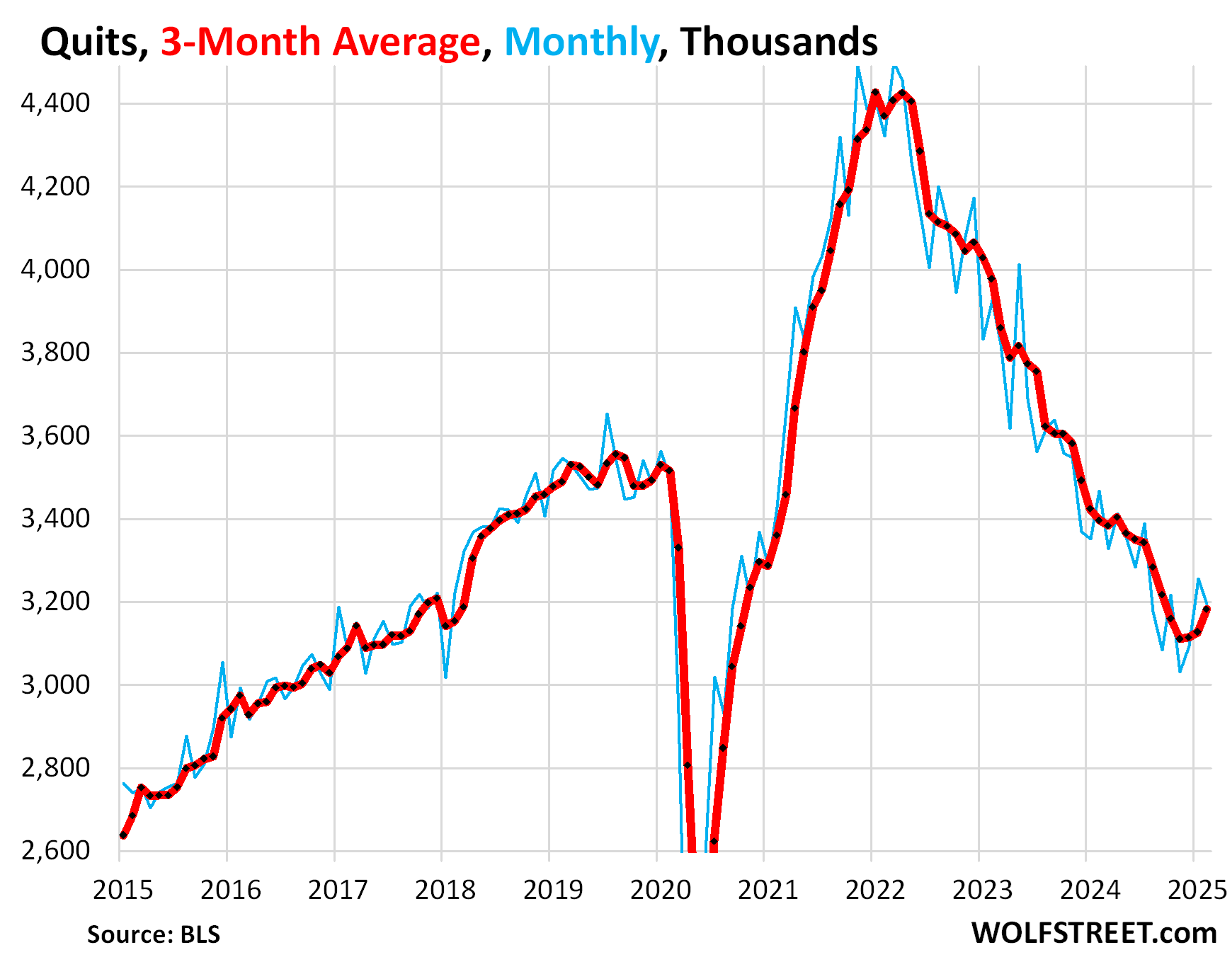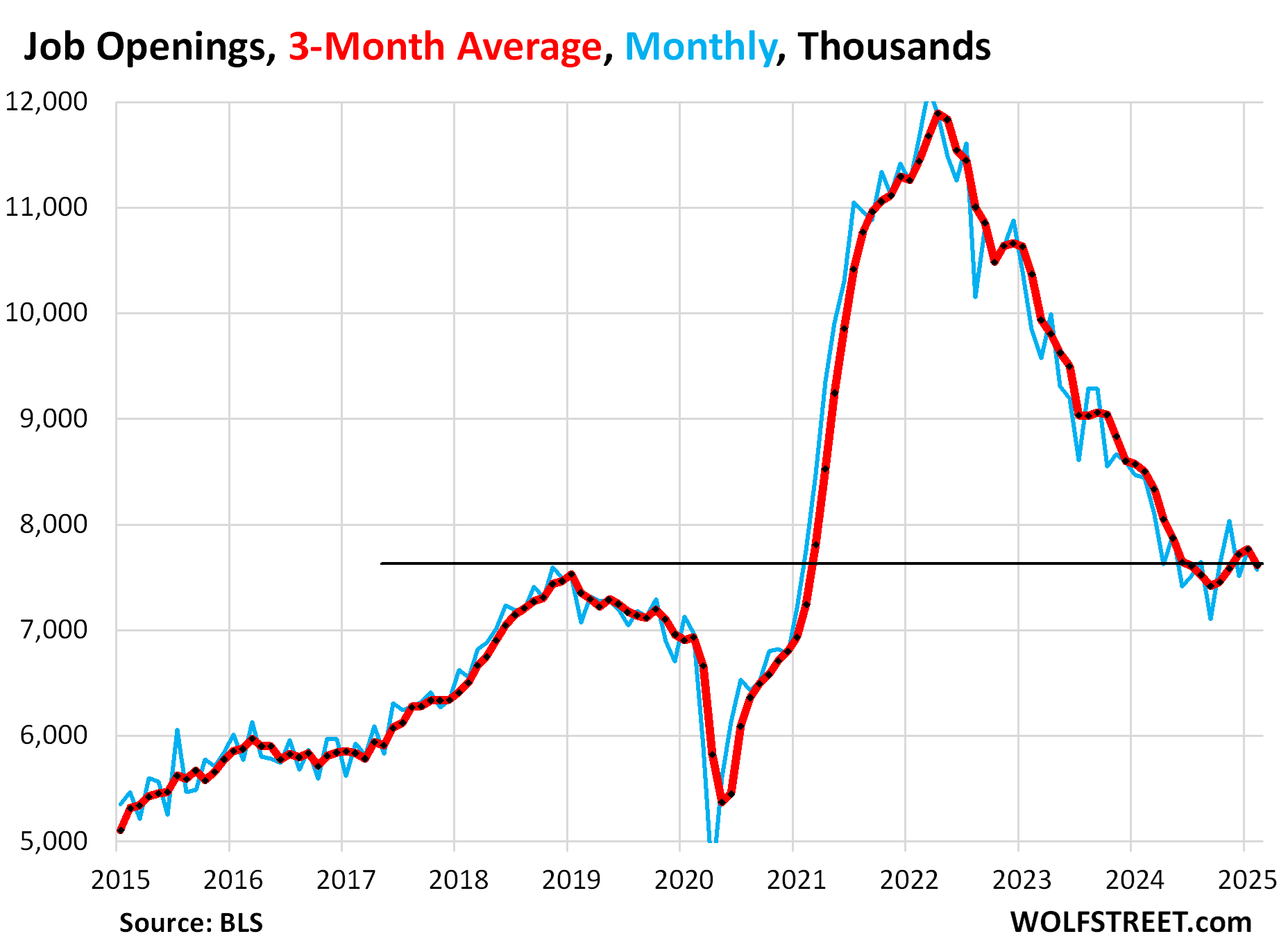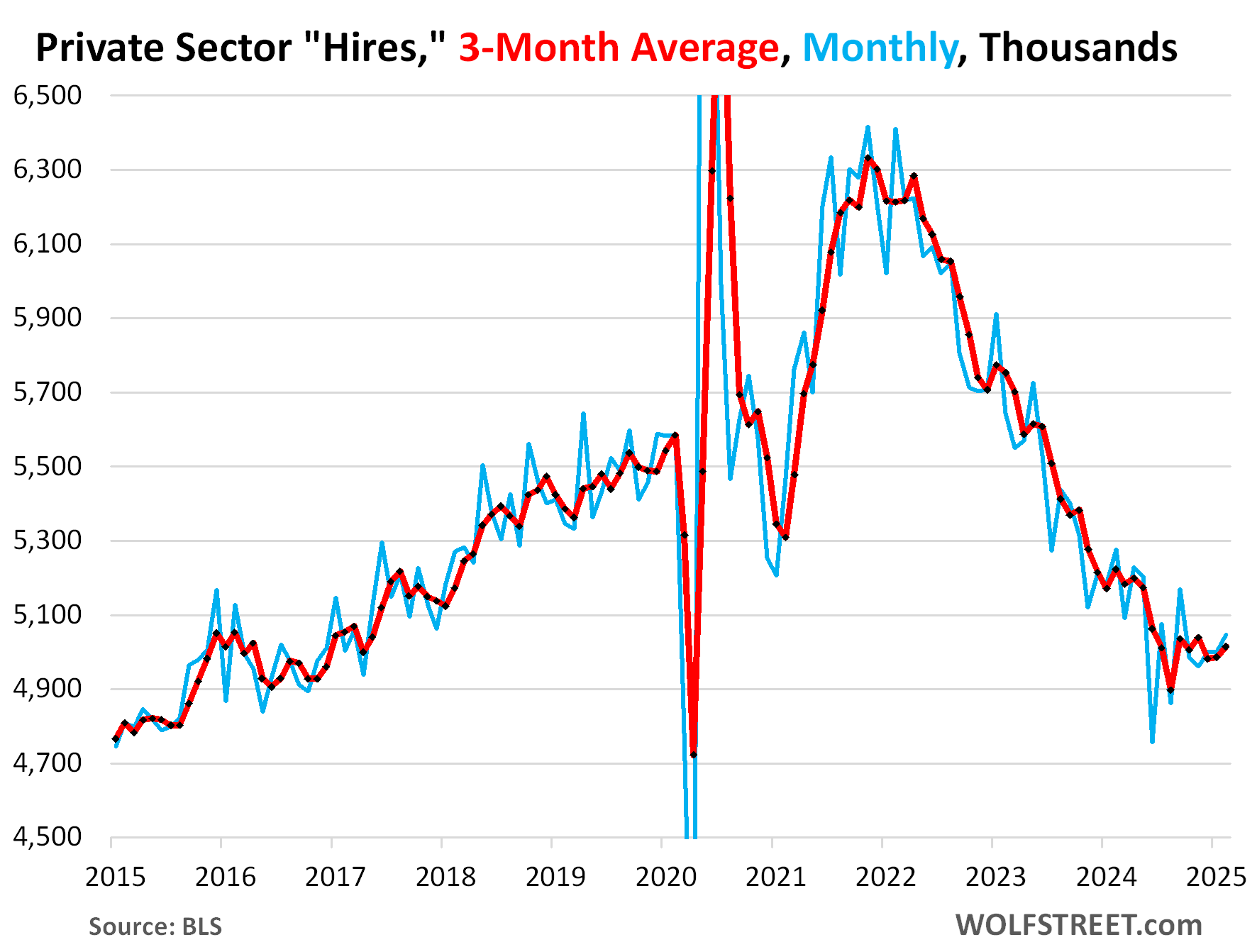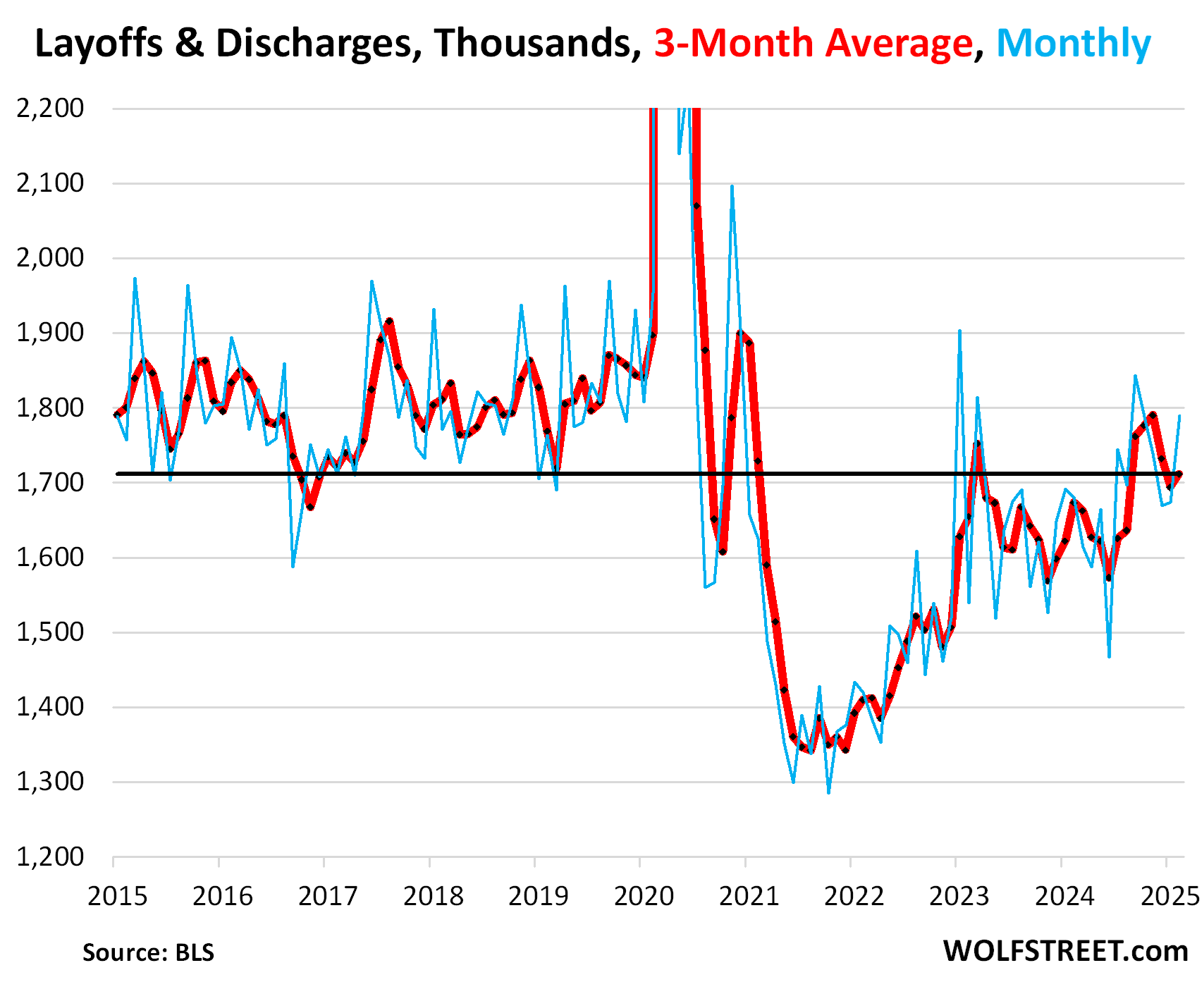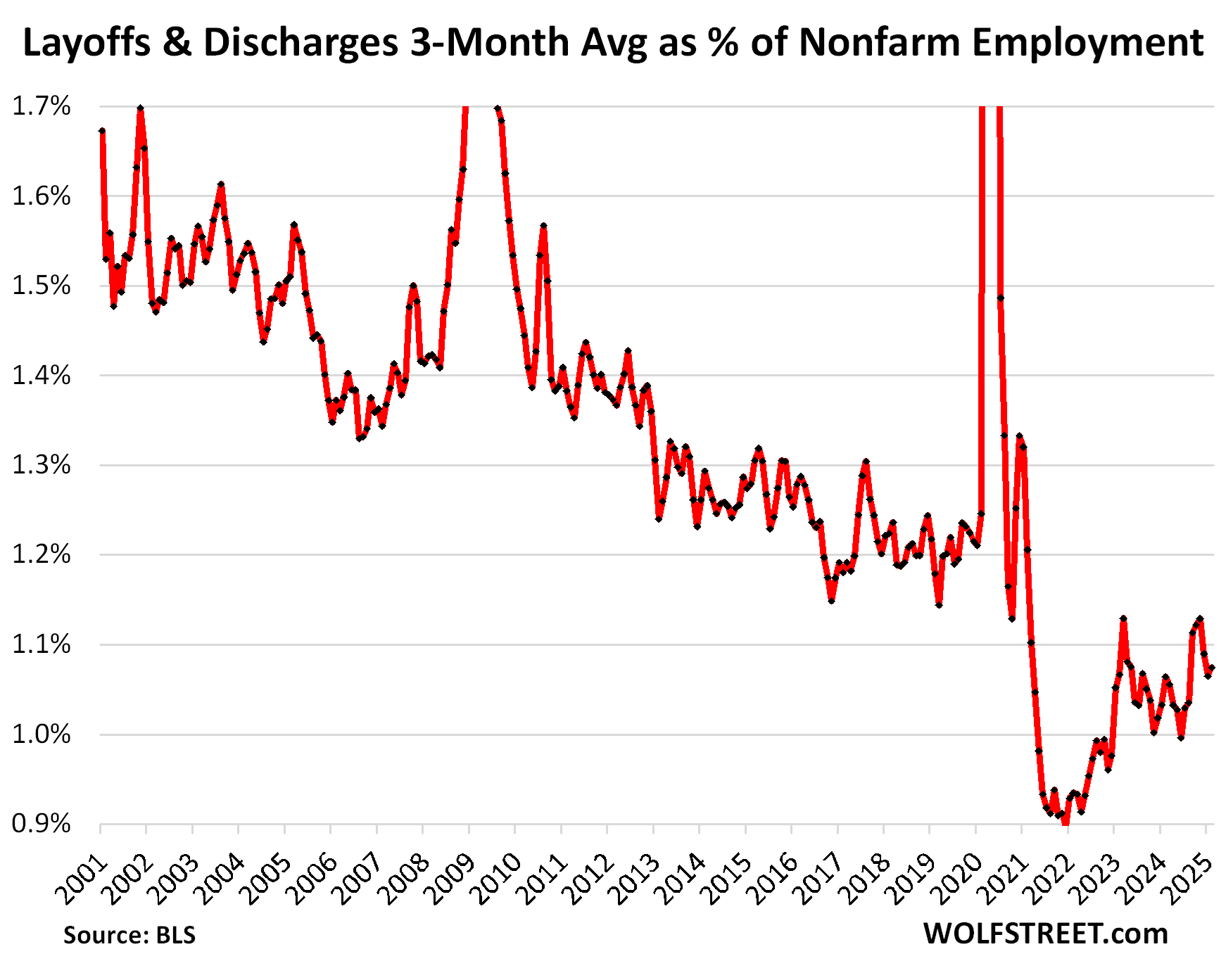Energy News Beat
The narrative is that an exit from the current conservatorship would turn Fannie and Freddie into “private” companies. It is not the case. To be a GSE means that you have private shareholders and a free government guarantee of your obligations: “The risk is 99% public and the profit is 100% private.”
By Alex J. Pollock & Edward J. Pinto.
Once again, we have efforts to release Fannie Mae and Freddie Mac from the conservatorship of the Federal Housing Finance Agency in which they have been confined for nearly 17 years—ever since the US Treasury did a 100 percent bailout of their creditors in 2008. Pros and cons are hotly debated relative to the proposed release of the twins that continue to rank among the largest systemically important financial institutions in the world.
The ongoing conservatorship means that the government has total control over these huge government-backed mortgage enterprises, with $7.7 trillion in combined assets. Since the bailout, the government has also been by far the biggest equity investor in them. Although they are often still called “GSEs” (“Government-Sponsored Enterprises”), in fact, while they are in conservatorship, they are not GSEs, but something very different: Government-Owned and Government-Controlled Enterprises. The proposed “release” transaction would give private shareholders control instead. Unfortunately, this could turn Fannie and Freddie back into GSEs, which would be a grievous mistake.
The US Treasury owns all the senior preferred stock of Fannie and Freddie; this stock has a combined liquidation preference of $341 billion as of December 31, 2024. This is more than twice their combined total book equity. In other words, not counting the government’s investment, Fannie and Freddie are deeply insolvent, and have been since 2008.
In addition, the Treasury owns warrants that give it the right to acquire new stock so that it owns up to 79.9 percent of Fannie and Freddie’s common stock for a minuscule exercise price. (The specific exercise price of the warrants is one-thousandth of one cent per share.) Exercising these warrants could give the Treasury a large profit, but they expire in September 2028, during the term of the current Trump administration. This gives the Treasury a duty to realize their value before they expire. Treasury could sell the warrants, exercise them, and then sell the stock, or exercise them and simply hold the stock along with the senior preferred stock.
To retire the government’s preferred and common equity stake would require a refinancing of massive scale, or a taxpayer gift from the US Treasury of tens of billions of dollars to Fannie and Freddie, or both.
The conventional narrative is that an exit from conservatorship would be a “privatization” and Fannie and Freddie would again become “private” companies. It is not the case. To be a GSE means that you have private shareholders, but you also have a free government guarantee of your obligations. As long as Fannie and Freddie have that free government guarantee, they will not be private companies, even if private shareholders own them.
As GSEs before 2008, the companies always enjoyed such a hugely valuable but free government guarantee. Because they did, no private company could successfully compete with them, and they were never private companies themselves. As our colleague Peter Wallison explained in his book, Hidden in Plain Sight, they were an unhealthy mix of socialized government risk and private profit.
The Essence of a GSE
Former Democratic Congressman J. J. Pickle of Texas pointedly summarized the GSEs: “The risk is 99% public and the profit is 100% private.” It was always said that the government guarantee of the GSEs was only “implicit,” but it was and is nonetheless fully and unquestionably real. This was definitively demonstrated by the Treasury’s $190 billion bailout of Fannie and Freddie in 2008, and the simultaneous creation of explicit government credit commitments during conservatorship. The bailout completely protected all of Fannie and Freddie’s creditors, even egregiously including the investors in their theoretically risk-absorbing subordinated debt. Creditors of GSEs are always saved by the government, and everybody knows it. The global sales of their securities and the credibility of the sponsoring government depend on it. To paraphrase the memorable words of a MasterCard commercial, what is the value of a free, unconditional, irrevocable, ever-greening line of credit from a sovereign creditor to an insolvent debtor? “Priceless,” the commercial said, but we calculate in the last section below the significant price that Fannie and Freddie should have to pay.
Pickle’s insight again fully applies to the new Fannie and Freddie “release” proposals and the ongoing debates of 2025. It displays the financial essence of a GSE: the immense value of the free government guarantee is a gift to the private shareholders, with little benefit to first-time homebuyers, as research has demonstrated. This obviously bad idea nonetheless has been supported by many politicians in the past. In their perennial search for a free lunch, they should not make the same mistake again.
The current debates must confront the fact that an ongoing government guarantee for Fannie and Freddie is an indispensable part of any “release” transaction. These fundamental questions and answers make that clear:
Question: Is Fannie and Freddie’s business model sustainable without a government guarantee?
Answer: No. Their business, their size in the bond market, their leverage, their access to credit risk-averse global investors, and their claim to lower mortgage interest rates all entirely depend on the government guarantee.
Question: As a practical business matter, can Fannie and Freddie exit conservatorship without the government guarantee?
Answer: No. The government guarantee would be always critical to their credit standing, but even more so immediately after their release from conservatorship.
Question: Could the government get out of its guarantee, even if it wanted to?
Answer: No. The government is locked in because Fannie and Freddie are “To Big to Fail” (TBTF), just like the largest banks. Indeed at $7.7 trillion and growing they are Far Too Big to Fail (FTBTF, we might say). No matter what the government may claim, the market will believe they are in fact guaranteed and the market will be correct.
Since no “release” deal is possible without a government guarantee, we arrive at this essential question:
Should Fannie and Freddie’s government guarantee be a free guarantee?
Answer: No. In line with Pickle’s point, public risk should not be turned into private profit. The government, and hence the taxpayers, should be fully and fairly remunerated for the risk and the cost of their massive guarantee. This will require legislation and Congress must make sure it is part of any “release” transaction.
Therefore, we must determine what the price of the government guarantee should be.
How Much Should a “Released” Fannie and Freddie Pay for Their Government Guarantee?
There are two components of the fee Fannie and Freddie should pay the Treasury for its guarantee. The total fee should be the same whether the guarantee is “implicit” or explicit, because it is equally real in both cases. These components are Risk and Current Cost.
The “Risk Fee” is today’s price for the possibility of having to cover future losses with future bailouts.
The “Current Cost to Treasury Borrowings Fee” is the offset for how much Fannie and Freddie cost the Treasury and the taxpayers by making Treasury notes and bonds more expensive. Higher interest rates for the Treasury on its own debt result from the competition that Fannie and Freddie’s massive $7 trillion in mortgage-backed securities create for investors who want US government credit.
The fee paid by Fannie and Freddie should be the sum of these two.
Considering the Risk Fee, we suggest that a close, relevant analogy is what the largest, TBTF banks have to pay the Federal Deposit Insurance Corporation (FDIC) for the implicit total government guarantee these banks receive. Like Fannie and Freddie, the real guarantee is for all the obligations of the TBTF bank; it is not just for the smaller amount of the formally guaranteed “insured deposits.”
Correspondingly and correctly, these banks are assessed FDIC fees on their total liabilities, not just the insured deposits. Likewise, Fannie and Freddie’s fee should be assessed on their total liabilities, or $7.6 trillion as of year-end 2024.
Unfortunately, we cannot see what the TBTF banks pay the FDIC, because although banks report FDIC premiums on their Call Reports, the FDIC removes them from the published version and keeps the numbers secret. But we can estimate an appropriate Risk Fee by analogy to the FDIC standards.
Fannie and Freddie certainly qualify as large and complex companies. As shown in the FDIC’s table of “Total Base Assessment Rates,” the corresponding “Initial Base Assessment Rate” for “Large & Highly Complex Institutions” is 5 to 32 basis points per year (a basis point is one-hundredth of 1 percent, or 0.01 percent). Multiplying this by $7.6 trillion in liabilities suggests a range for the Risk Fee for the combined Fannie and Freddie of $3.8 billion to $24 billion per year.
Where would Fannie and Freddie fall in the FDIC’s Large and Highly Complex range? Their risk is entirely concentrated in real estate credit, and their capital ratios are very low. Congress should ask the FDIC what it would hypothetically charge Fannie and Freddie to insure their liabilities. Congress might also ask Warren Buffett what price Berkshire Hathaway would charge for providing such insurance.
In the meantime, suppose as a starting point that with their concentrated real estate risk and little capital, Fannie and Freddie were 25 percent of the way from minimum to maximum, or about 12 basis points per year. That would be a Risk Fee of $9 billion per year, or about 25 percent of their combined 2024 pre-tax profits of $36 billion.
We present this estimate as a starting point for further discussion and analysis. But it is certain that the right Risk Fee is not zero.
Without doubt, the presence of trillions of dollars of Fannie and Freddie mortgage-backed securities in the market, competing with the US Treasury’s own debt for purchase by credit-risk averse investors, drives up the cost of Treasury debt and thereby increases the government’s deficits.
How much does this competition cost the Treasury? The answer is: a lot—an estimated 10 to 15 basis points on its $27.7 trillion of marketable debt, or from $29 billion to $43 billion a year. Over ten years, this imposes a $290 billion to $430 billion additional cost on the Treasury, without even compounding interest.
The estimate of the cost to the Treasury is from a February 2025 update by Amanda Dahl, Edward Pinto, and Tobias Peter that uses the Federal Reserve’s own estimates of the effect on Treasury debt yields of the Fed’s “QE” (Quantitative Easing) purchases of MBS, adjusting for current outstandings, relative proportions and conditions. The fundamental insight is that if the Fed’s taking MBS out of the market lowers the cost of Treasury’s term debt by a certain amount, putting that many MBS into the market will increase it by the same amount.
Taking the increased Treasury cost of $29 to $43 billion caused by Fannie and Freddie’s government-guaranteed MBS, and dividing this cost by their $7.6 trillion in liabilities suggests that Fannie and Freddie are enjoying a taxpayer subsidy of 38 to 57 basis points a year on their liabilities.
Let us take the middle of that range: 48 basis points. A Current Cost to Treasury Borrowings Fee of 48 basis points would just offset the increased cost Fannie and Freddie impose on the Treasury. That fee assessed on Fannie and Freddie’s $7.6 trillion in liabilities would be $36 billion, or 100 percent of Fannie and Freddie’s pre-tax profits. In short, the subsidy from the Treasury equals the totality of Fannie and Freddie’s profits.
The Total Fee
Adding the two components together gives us the total fee that Fannie and Freddie should pay the Treasury for their government guarantee:
On $7.6 trillion in liabilities, that would be $46 billion or 128 percent of their pretax profit. While others may have their own lower estimates, any legitimate Total Fee would constitute a significant portion of Fannie and Freddie’s pretax profit.* Needless to say, the private shareholders, present or future, would not like this outcome!
All these numbers speak to one truth: the essence of a GSE is to convert a free government guarantee and public risk into private profit. That should not happen again. Fannie and Freddie should pay for their government guarantee at a fair rate. If they can’t do that, they must remain stuck in the government. They should not be allowed to turn back into GSEs. Peter Wallison and Congressman Pickle, you were both so right!
* Supporters of Fannie and Freddie’s privatization would try to give them every benefit of the doubt. So, let’s take the lowest estimate of Current Cost to Treasury Borrowings Fee or 38 basis points and generously divide that in half—call it 19 basis points. In addition, suppose we drop the 12 basis point Risk Fee to 9 basis points, only 15 percent of the way from the minimum to the maximum on the FDIC’s “large and highly complex” range. The result is that, at the very least, Fannie and Freddie should pay 28 basis points or $21 billion per year for their government guarantee, which is still 58 percent of their pretax profit.
The article was authored by Alex J. Pollock, Senior Fellow at the Mises Institute, and Edward J. Pinto an American Enterprise Institute (AEI) senior fellow and director of AEI’s Housing Center. It was first published by Law& Liberty.
Enjoy reading WOLF STREET and want to support it? You can donate. I appreciate it immensely. Click on the mug to find out how:


The post Not Another Free Lunch: Don’t Let Fannie and Freddie Turn Back into GSEs appeared first on Energy News Beat.













